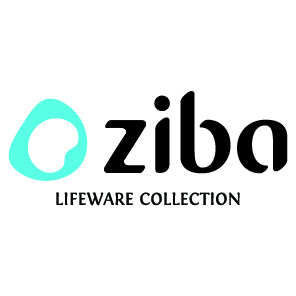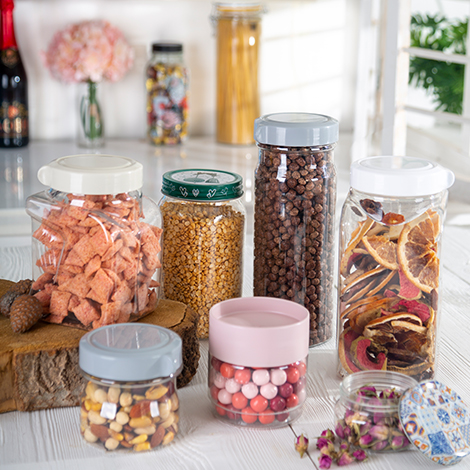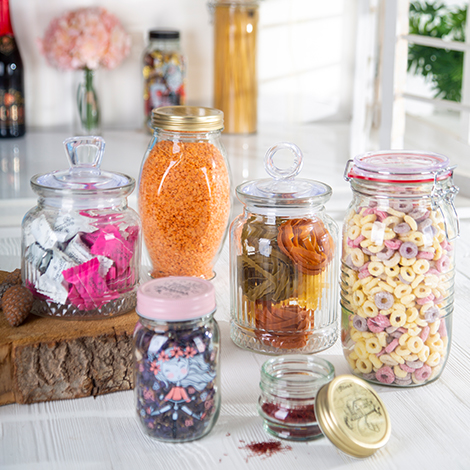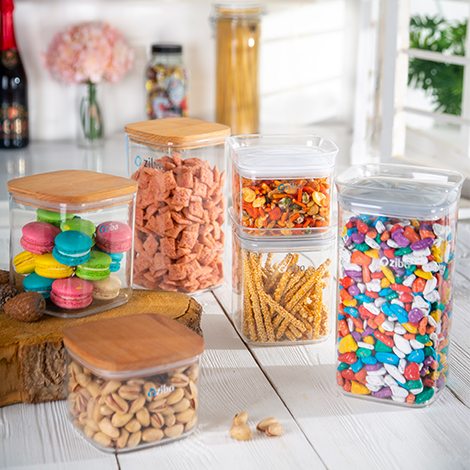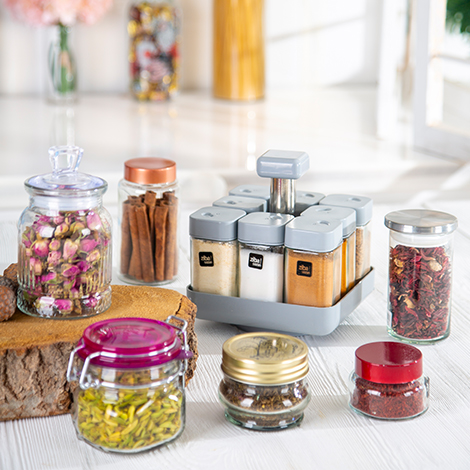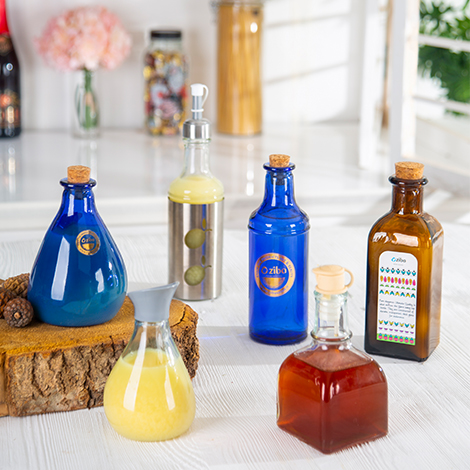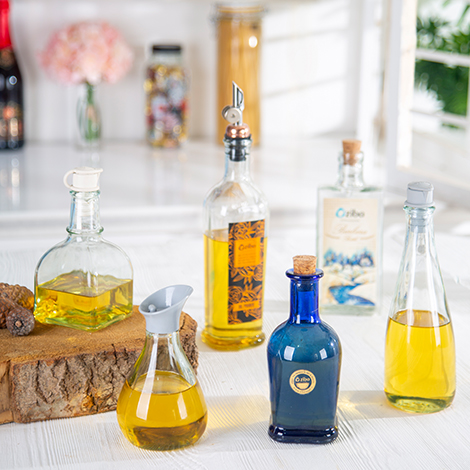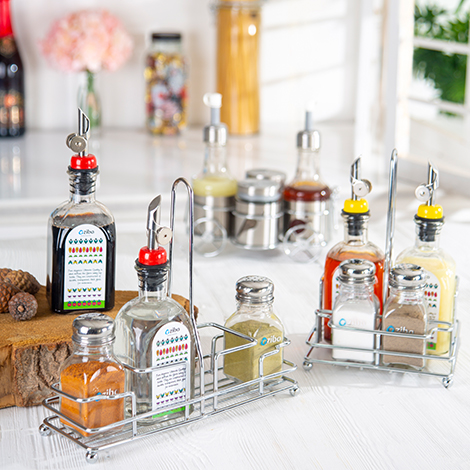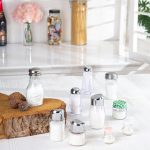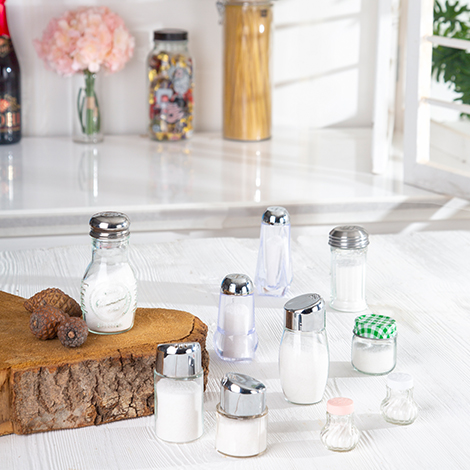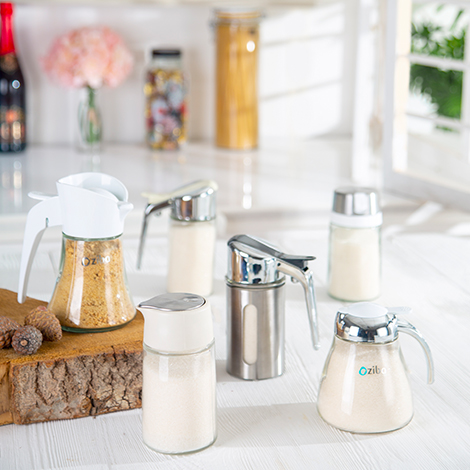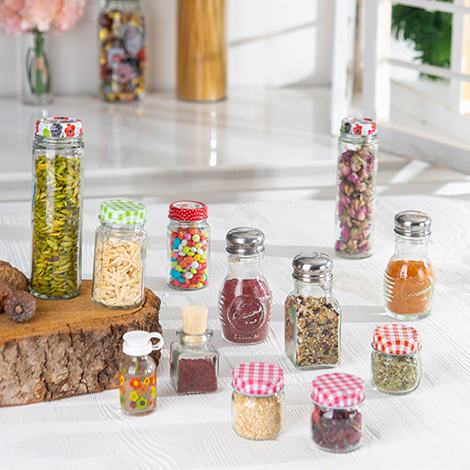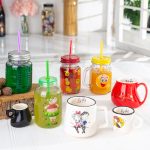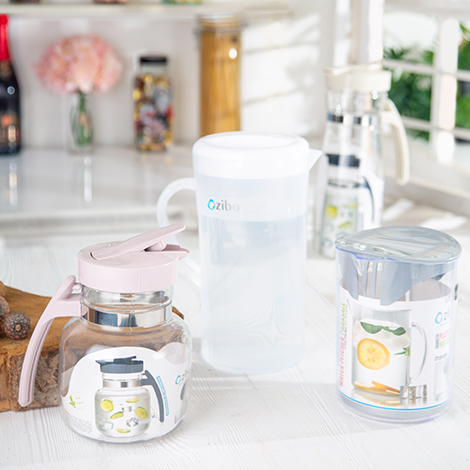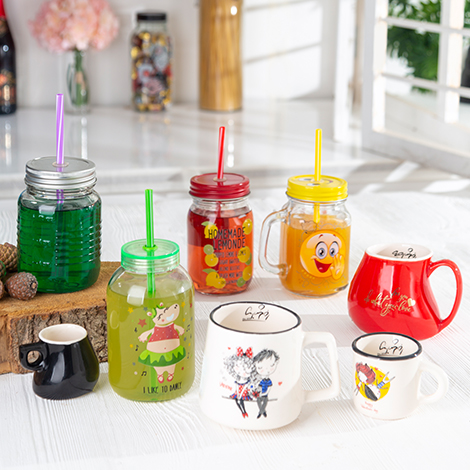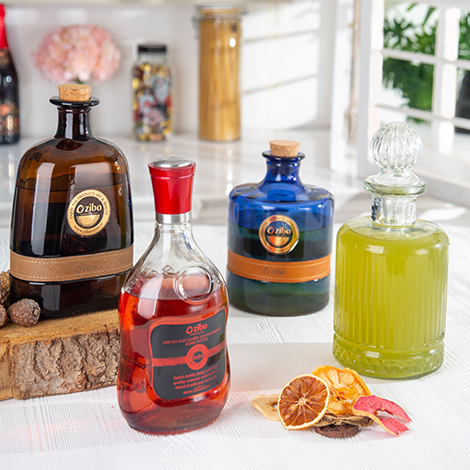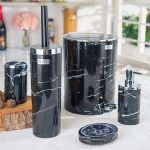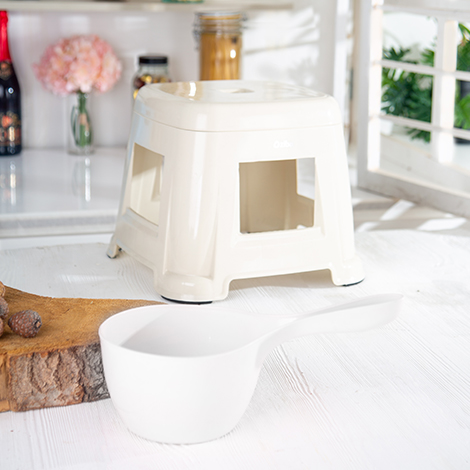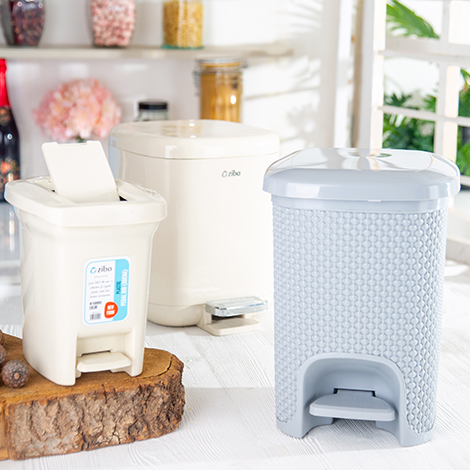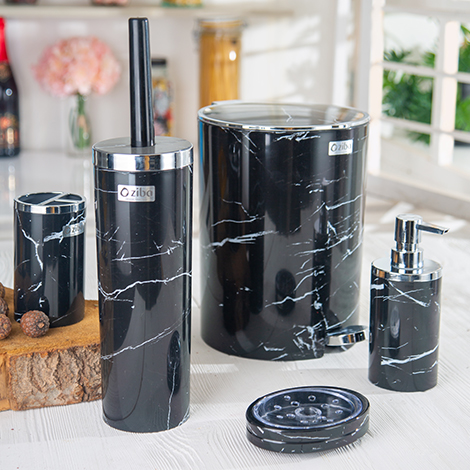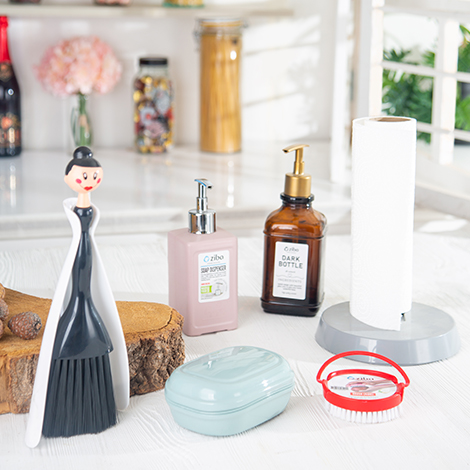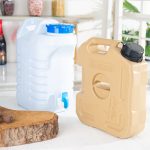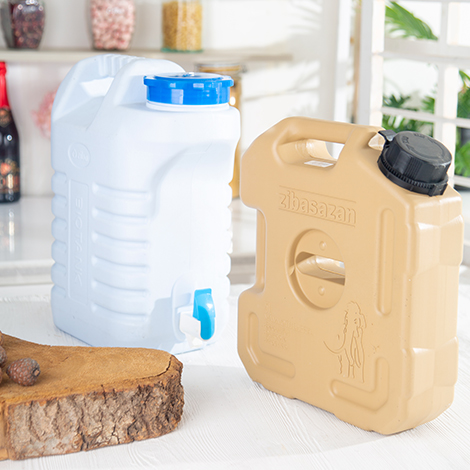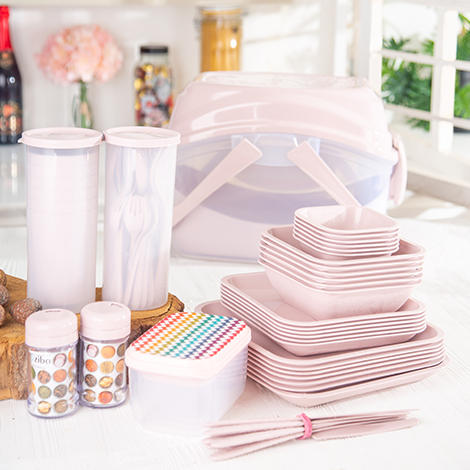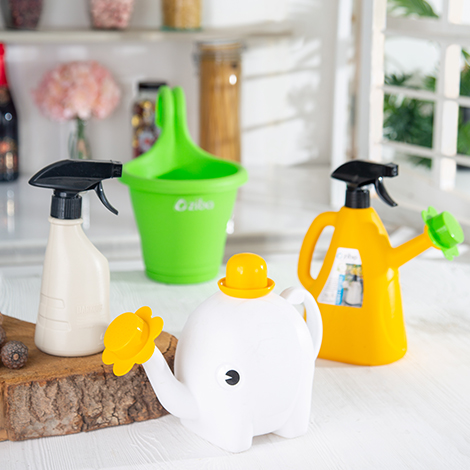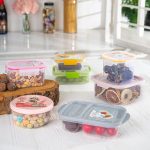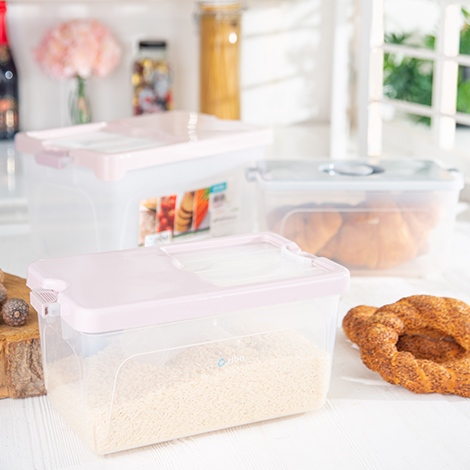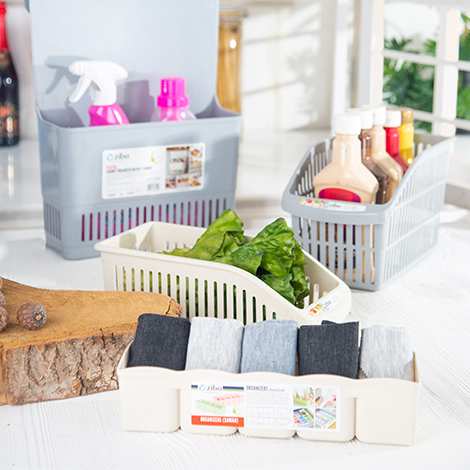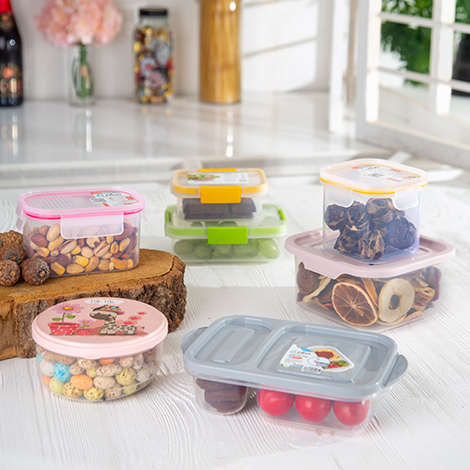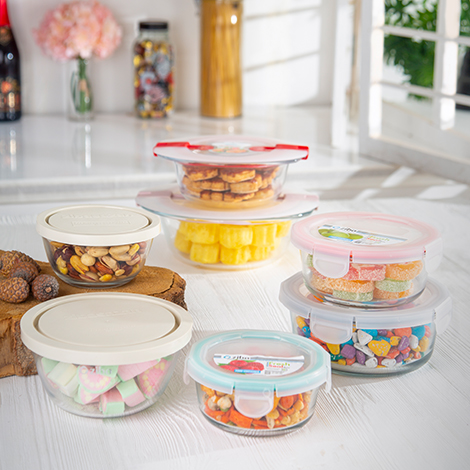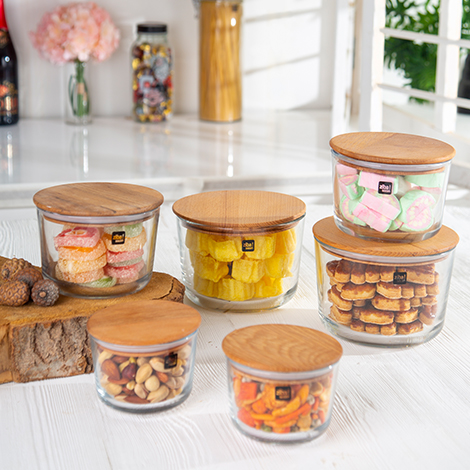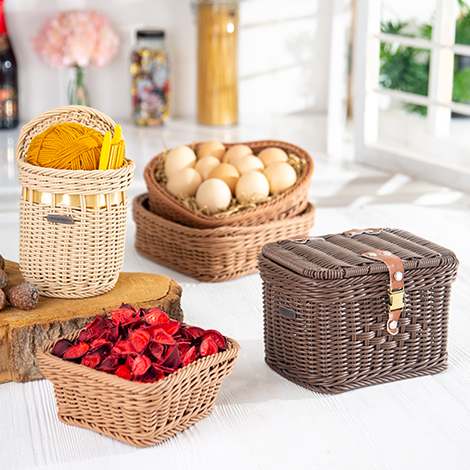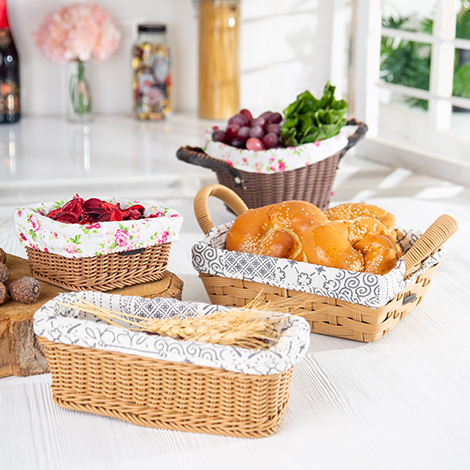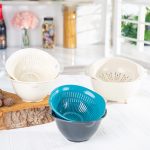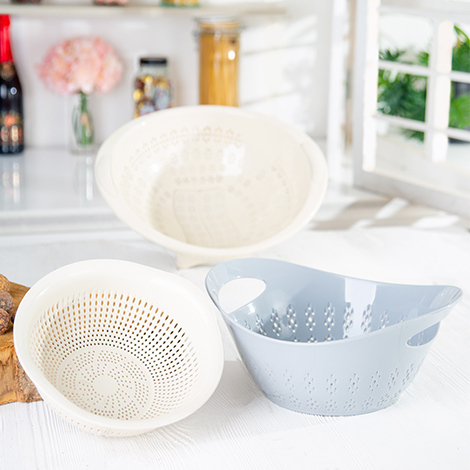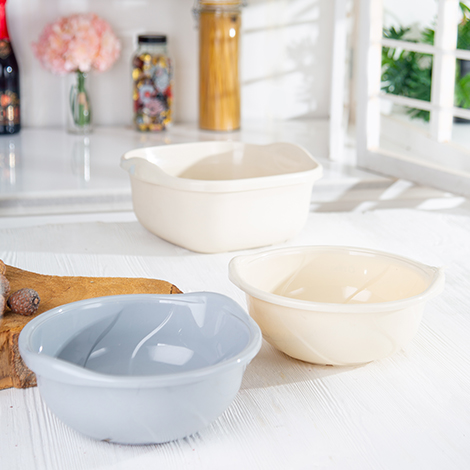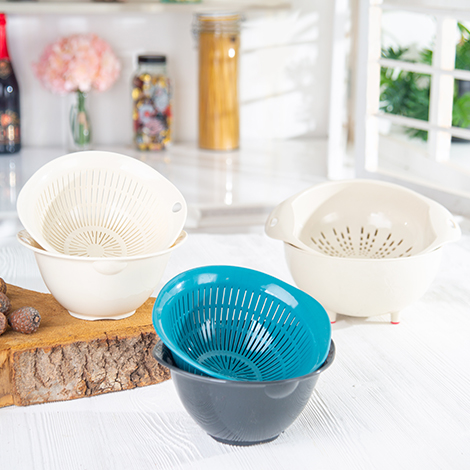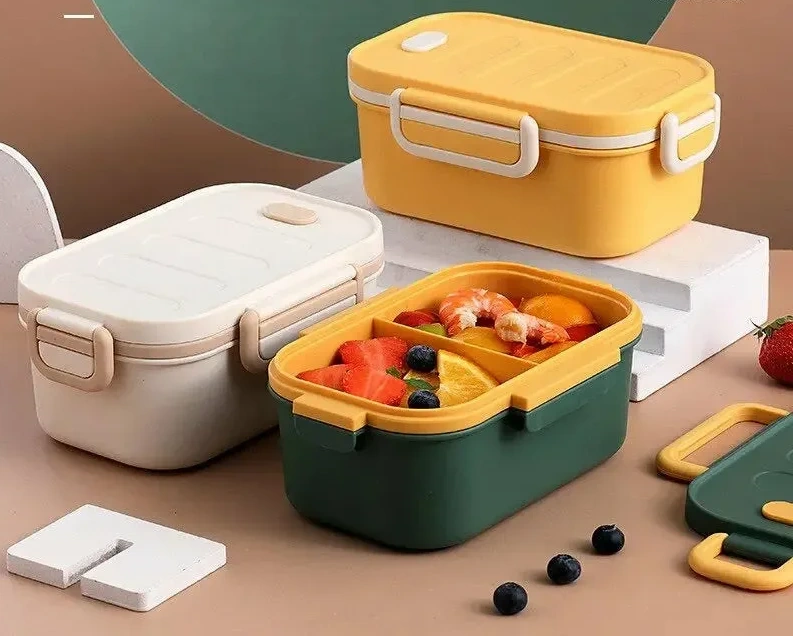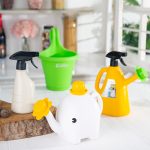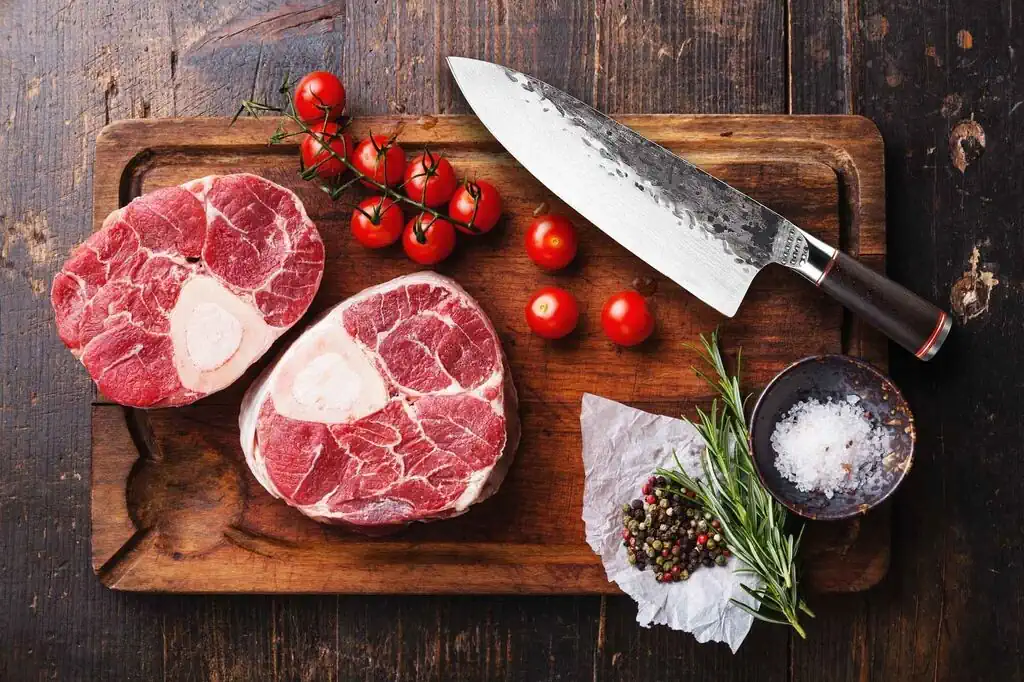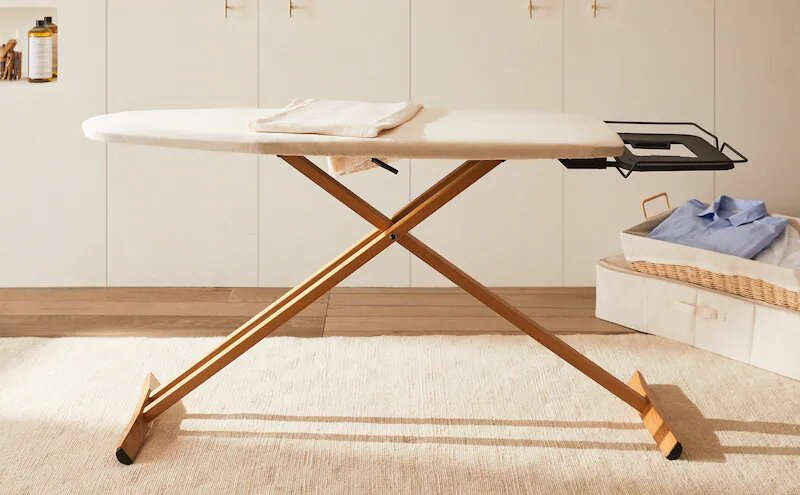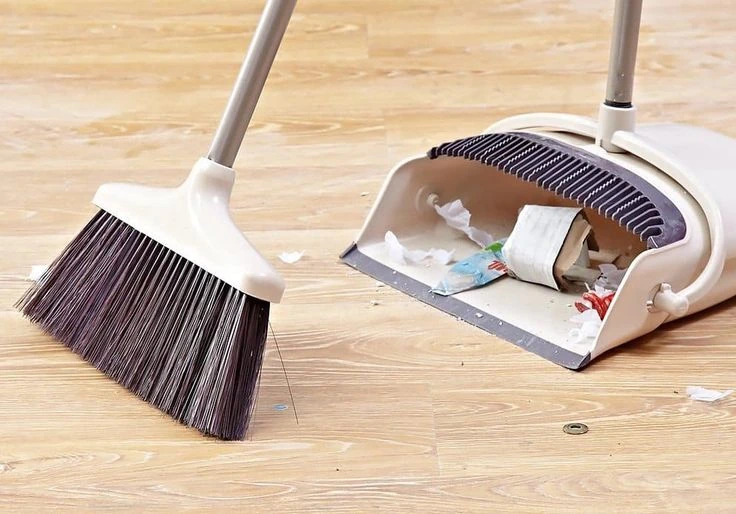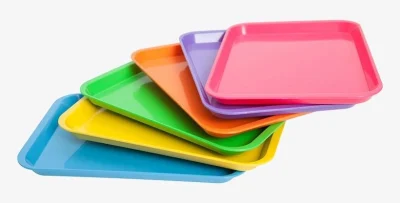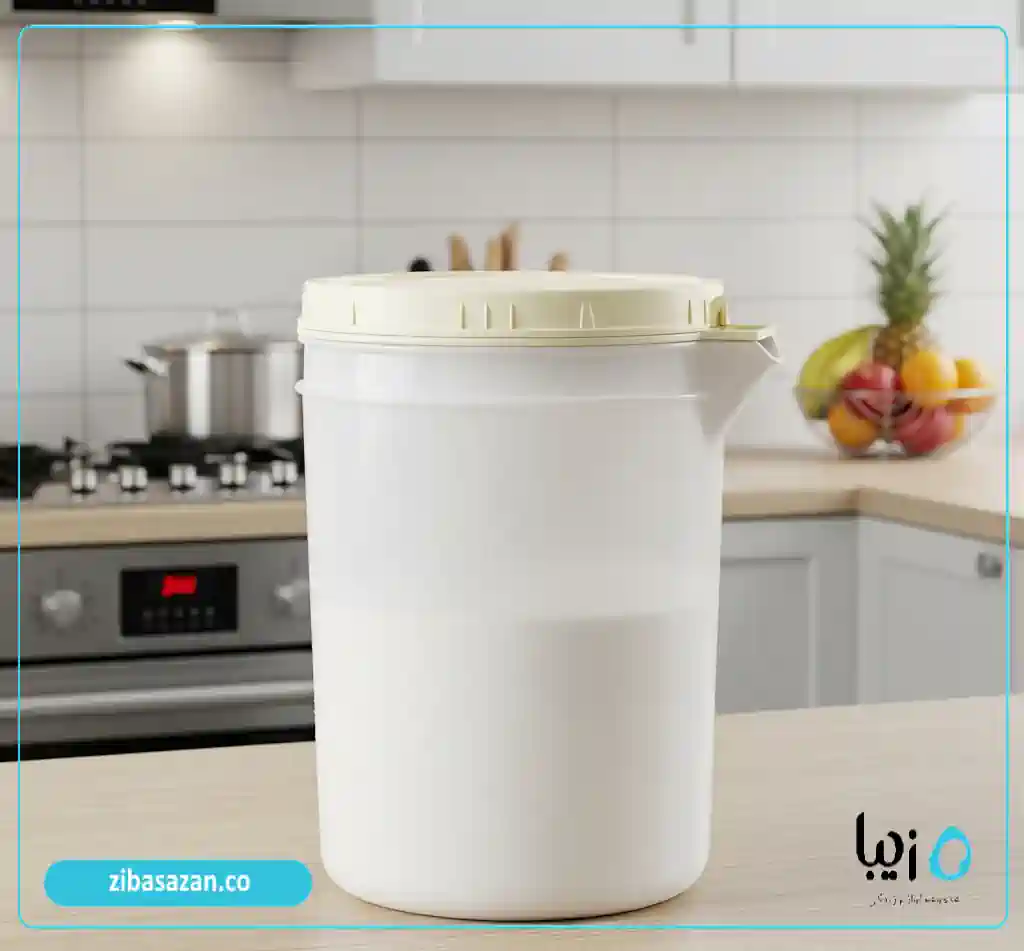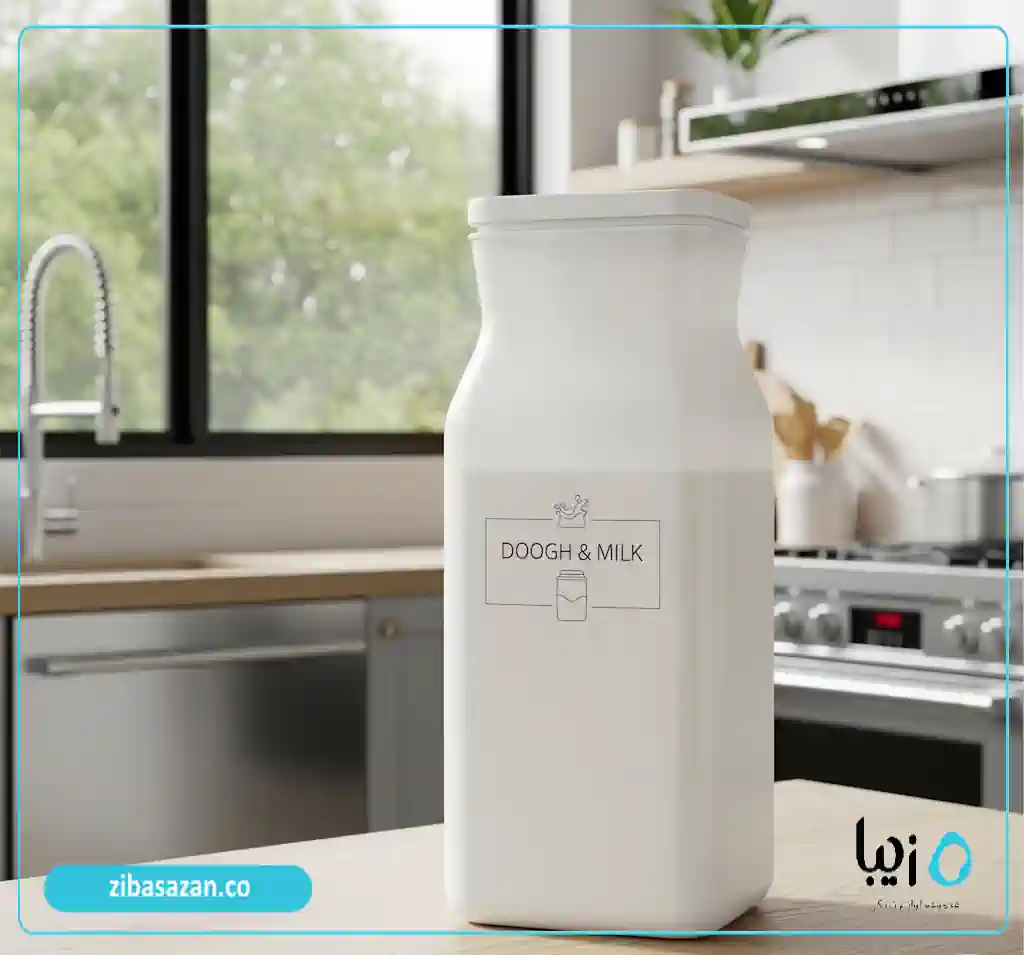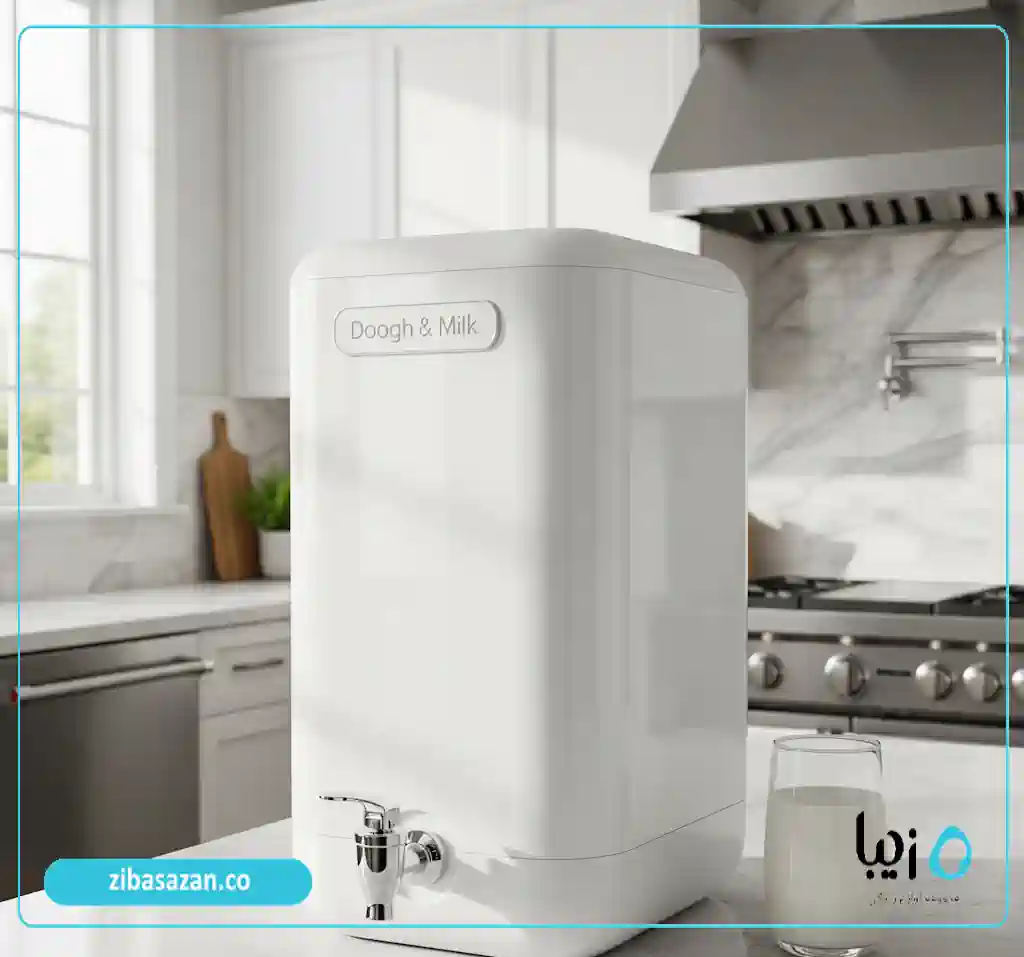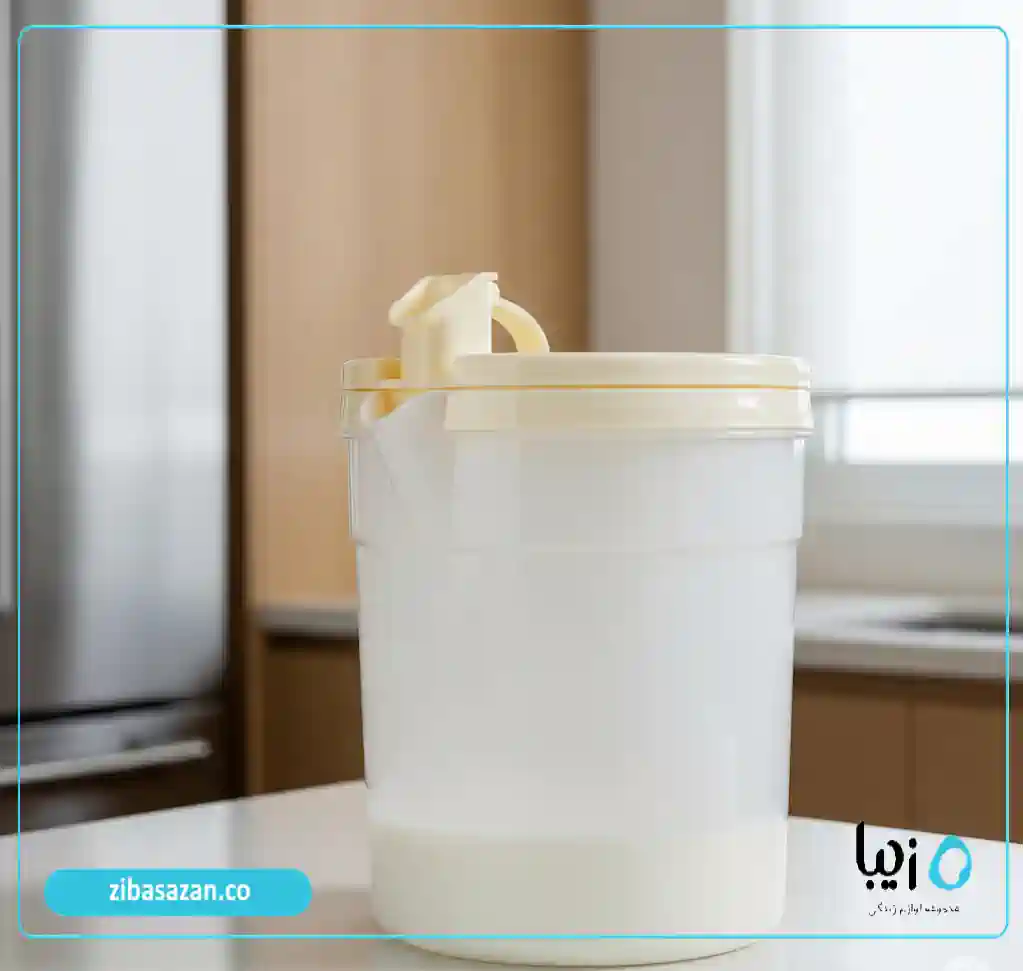Imagine a family gathering on a hot summer day. You have a beautiful, large spigot dispenser on the table, filled with cool, homemade doogh (a savory yogurt drink). It’s easy to use, and everyone is enjoying the refreshing taste. This image is lovely, but have you ever considered how the material of the container affects the health and quality of your drink? Is using a spigot dispenser for doogh and sherbet a smart and safe choice, or a common mistake that could compromise the flavor and safety of your beverage?
The answer is: It can be a completely safe and incredibly practical choice, with one important condition: Your container must be made from a suitable, food-grade plastic like polypropylene (PP – code 5), and its spigot mechanism must be hygienic and fully washable. But how can you tell a suitable plastic from a low-quality, dangerous one? Why can the acidity of doogh pose a serious challenge for some containers?
And how has the reputable company Zibasazan not only addressed these concerns with their spigot dispenser designs but also turned them into the products’ strengths? In this comprehensive guide, we’ll teach you how to make an informed choice and select the best and safest dispenser for your homemade drinks.
فهرست مطالب
- 1 Introduction to Spigot Dispensers and Their Uses for Homemade Liquids
- 2 What Is a Spigot Dispenser and Why Is It So Popular?
- 3 The Advantages of Using a Spigot Dispenser for Doogh and Sherbet
- 4 Ease of Use and Serving
- 5 Large Capacity and Easy Refrigeration
- 6 Potential Disadvantages and Risks of Storing Doogh and Sherbet
- 7 The Main Challenge: The Acidity of Doogh and Reaction with Unsuitable Plastic
- 8 Risk of Bacterial Growth in the Spigot and Hard-to-Reach Areas
- 9 Impact on Flavor and Natural Carbonation of Doogh
- 10 The Container’s Material and Its Impact on Liquid Quality and Health (Most Important Part!)
- 11 Why the Material is Everything: An Introduction to Food-Grade Plastics
- 12 Polypropylene (PP – Code 5) and HDPE (Code 2): The Champions of Doogh Storage
- 13 Red Flags: Which Plastics Should You Avoid for Doogh?
- 14 Zibasazan’s Commitment to Health: Why Our Containers Are the Safest Choice for Your Doogh
- 15 Important Tips for Cleaning and Sanitizing a Spigot Dispenser
- 16 Step-by-Step Guide for Daily Washing
- 17 How to Thoroughly Clean the Spigot
- 18 Safe and Natural Sanitizing Solutions
- 19 User Experiences and Expert Opinions on Spigot Dispensers
- 20 Listening to Consumers: Common Complaints About Low-Quality Dispensers
- 21 The Opinion of Nutritionists and Food Industry Experts
- 22 Safe Practices for Using a Spigot Dispenser for Homemade Liquids
- 23 Is a Spigot Dispenser a Good Choice for Doogh and Sherbet?
- 24 A Comprehensive and Practical Guide to Choosing Baskets for Every Need
- 25 Storing Homemade Food: Choosing the Right Freezer-Safe Plastic Containers
- 26 The Importance of Choosing a Suitable Canister for Travel and Camping
- 27 Plastic freezer containers specifically for restaurants: what are the differences compared to househ...
- 28 The best type of plastic for healthy water storage: A smart choice guide
Introduction to Spigot Dispensers and Their Uses for Homemade Liquids
Spigot dispensers, sometimes known as plastic coolers or dispenser containers, have quickly become a staple in Iranian kitchens. These containers are a smart solution for storing and easily serving large volumes of liquids, which is why they have found their place at parties, picnics, and even in household refrigerators.
What Is a Spigot Dispenser and Why Is It So Popular?
In its simplest form, a spigot dispenser is a plastic or glass container of varying sizes with a small spigot or tap at the bottom for dispensing liquids. The main reason for their popularity is their ease of use. There’s no longer a need to lift heavy pitchers, tilt them, and worry about spills. With a simple push, anyone, even children, can easily fill their glass. This feature makes them an ideal choice for self-service at gatherings and parties.
The Advantages of Using a Spigot Dispenser for Doogh and Sherbet
Using these containers offers undeniable benefits that go beyond their visual appeal. These advantages completely transform the experience of serving and storing beverages.
Ease of Use and Serving
As mentioned, the primary advantage of these dispensers is the convenience of serving drinks. At parties, the host no longer needs to constantly refill pitchers, and guests can serve themselves as much as they want without any trouble. This significantly reduces the stress of hosting and helps the party flow more smoothly.
Large Capacity and Easy Refrigeration
These containers come in various sizes, from 3 liters to over 10 liters. This feature allows you to prepare a large batch of doogh or sherbet at once and store it together in the refrigerator. Many new models, like those from Zibasazan, are designed with optimized dimensions to fit easily on refrigerator shelves without taking up too much space.
Potential Disadvantages and Risks of Storing Doogh and Sherbet
Despite all the advantages, if you’re not careful when choosing a spigot dispenser, you could face serious challenges and risks. Being aware of these downsides is key to making a smart purchase.
The Main Challenge: The Acidity of Doogh and Reaction with Unsuitable Plastic
Doogh, because of the lactic acid from yogurt, is an acidic beverage. Sherbets, especially those containing lemon juice or other citrus fruits, are also acidic. If these acidic liquids are stored in a low-quality, non-standard plastic container, they can cause chemical leaching. In this process, harmful chemicals from the plastic’s walls detach and enter your drink. This not only gives the doogh an unpleasant taste and odor but can also be a long-term health hazard.
Risk of Bacterial Growth in the Spigot and Hard-to-Reach Areas
The spigot is the most complex and sensitive part of the dispenser in terms of hygiene. It has multiple parts and gaskets that, if not designed and manufactured correctly, can become blind spots and a breeding ground for leftover liquid and bacteria. Incomplete cleaning of this part can lead to contamination of the entire contents of the container and cause digestive illnesses.
Impact on Flavor and Natural Carbonation of Doogh
Low-quality plastics can transfer an unpleasant odor to the doogh, ruining its enjoyable taste. Furthermore, if the lid isn’t airtight, the natural carbonation of fizzy doogh will escape, and the drink will lose its freshness. A standard container must be completely airtight to preserve the drink’s quality.
The Container’s Material and Its Impact on Liquid Quality and Health (Most Important Part!)
This is the core of the matter. All the pros and cons mentioned depend on one factor: the container’s material. Choosing the right raw material makes the difference between a safe container and a dangerous one.
Why the Material is Everything: An Introduction to Food-Grade Plastics
Food-grade plastics are types of polymers that are approved by international health organizations for direct contact with food. These plastics are chemically stable and, under various conditions (like contact with acidic substances or temperature changes), do not transfer any harmful substances to the food. Using this type of plastic for a doogh dispenser is a necessity, not a choice.
Polypropylene (PP – Code 5) and HDPE (Code 2): The Champions of Doogh Storage
- Polypropylene (PP – Code 5): This plastic is the best and most ideal choice for doogh and sherbet containers. PP has excellent resistance to chemical and acidic substances. It also has a high melting point, making it suitable for washing with hot water. This plastic does not react with doogh at all and fully preserves its taste and health.
- High-Density Polyethylene (HDPE – Code 2): This plastic is also a very safe and acid-resistant option. HDPE is completely food-grade and suitable for storing beverages.
Red Flags: Which Plastics Should You Avoid for Doogh?
Never, under any circumstances, use containers made from PET plastic (code 1), which are the same as mineral water bottles, for long-term storage of doogh. The acidic nature of doogh can accelerate the degradation process of this plastic. You should also strictly avoid PVC (code 3) and polystyrene (PS – code 6) plastics, as they contain harmful and unstable compounds.
| Plastic Type | Recycling Code | Suitable for Doogh & Acidic Liquids? | Key Points |
| PP | 5 | ✅ Excellent and best choice | High chemical and heat resistance, completely safe |
| HDPE | 2 | ✅ Very good and safe | High chemical resistance, stable and reliable |
| PET | 1 | ❌ Unsuitable | Designed for single use and neutral liquids |
| PVC | 3 | ❌ Dangerous | Contains phthalates, reactive with acid |
| PS | 6 | ❌ Unsuitable | Unstable and not suitable for long-term storage |
Zibasazan’s Commitment to Health: Why Our Containers Are the Safest Choice for Your Doogh
This is where we at Zibasazan connect technical expertise with a commitment to the health of Iranian families. We know you are looking for the best container for your doogh. That’s why all Zibasazan brand spigot dispensers are made from the best grade of polypropylene (PP-5). This conscious choice means that:
- Your health is guaranteed: Our containers do not react with your acidic doogh or sherbet.
- The flavor of your drink remains pure: No plastic odor or taste will be transferred to your drink.
- Cleaning and hygiene are easy: The spigots used in Zibasazan products are designed to be easily detachable, and all their parts are washable, so no blind spots are left for bacteria to grow.
Important Tips for Cleaning and Sanitizing a Spigot Dispenser
A safe container must also be kept clean. The hygiene of a spigot dispenser is particularly important due to the multiple parts in its spigot.
Step-by-Step Guide for Daily Washing
After each use, immediately wash the container with warm water and a mild dish soap. Use a soft bottle brush to clean the walls and bottom of the container to ensure no remnants of the doogh are left. Then, rinse thoroughly and let it dry completely upside down in the open air.
How to Thoroughly Clean the Spigot
This is the most crucial part of cleaning. In high-quality Zibasazan brand dispensers, the spigot detaches easily from the body.
- Detach: Detach the spigot from the container according to the manufacturer’s instructions (usually by twisting the inner nut).
- Disassemble: Take apart all the detachable parts of the spigot, such as the lever and gaskets.
- Wash: Wash each piece separately with a small brush and warm, soapy water.
- Dry: Dry all parts completely before reassembling.
Doing this after every few uses prevents the buildup of residue and the creation of an unpleasant odor.
Safe and Natural Sanitizing Solutions
For periodic sanitizing, you can use a solution of equal parts water and white vinegar or a solution of water and baking soda. Pour the solution into the container and let it sit for a few hours. Then, empty it and rinse thoroughly. These natural materials will sanitize the container effectively without damaging the plastic.
User Experiences and Expert Opinions on Spigot Dispensers
Checking other people’s opinions can help us make a better choice. Both everyday users and experts have valuable points on this topic.
Listening to Consumers: Common Complaints About Low-Quality Dispensers
Many users complain about cheap containers due to leaky spigots, cracking of the body after a short time, getting smelly quickly, and changing the flavor of the drink. These bitter experiences are all due to the use of low-quality raw materials and poor design, which highlights the importance of investing in a reputable brand like Zibasazan.
The Opinion of Nutritionists and Food Industry Experts
Experts unanimously agree that storing acidic liquids like doogh in plastic containers is only safe if that container is made from resistant and approved plastics like PP (code 5) or HDPE (code 2). They also emphasize the critical importance of hygiene and thorough washing, especially in the spigot area, to prevent food poisoning caused by bacterial growth.
Safe Practices for Using a Spigot Dispenser for Homemade Liquids
By following this checklist, you can use your spigot dispenser with complete confidence.
Checklist for Buying a Safe and Standard Spigot Dispenser:
Body Material: Always look for code 5 (PP) or code 2 (HDPE).
BPA-Free Mark: Ensure the product is free of bisphenol A.
Detachable Spigot: Check if the spigot can be easily removed for washing.
Airtight Lid: The lid must seal tightly to prevent air from entering and gas from escaping.
Reputable Brand: Go for well-known and trustworthy brands like Zibasazan.
Proper Storage Principles in the Refrigerator:
- Place the container in the cleanest part of the refrigerator.
- Avoid contact between the container’s body and raw foods like meat and poultry.
- Don’t store homemade doogh and sherbet for too long (usually more than 3-4 days).
Is a Spigot Dispenser a Good Choice for Doogh and Sherbet?
Yes, absolutely. A spigot dispenser for doogh and sherbet, if chosen correctly, is not a mistake but one of the best and most practical choices for any home. This container gives you convenience, beauty, and efficiency all at once. All the challenges and risks mentioned in this article are related to non-standard, low-quality products. By making an informed choice and investing in a high-quality product from a brand like Zibasazan, you can enjoy all the benefits of these wonderful containers with peace of mind.
Enjoy a refreshing drink in a beautiful and safe container with Zibasazan!
Choosing a container for homemade drinks shows the importance we place on our health and the health of our loved ones. This choice should not be based on price or fleeting appearance but should be an informed decision based on knowledge. At Zibasazan, by producing our brand products, we have tried to make this decision easy for you. By using the best food-grade raw materials, modern and practical designs, and meticulous attention to hygienic details, we have created a product in which you can confidently serve the most refreshing drinks to your family.
Frequently Asked Questions (FAQ)
- Can I store carbonated doogh in a spigot dispenser?
Answer: Yes, as long as your container has a completely tight and airtight lid. High-quality Zibasazan brand containers with silicone gaskets and tight lids can effectively preserve the drink’s carbonation. However, be aware that high gas pressure may cause the drink to spray when you open the spigot, so do so with caution.
- What is the best way to get rid of a lingering smell in a plastic container?
Answer: After a thorough wash, mix some baking soda with water to form a paste and apply it to the container’s inner walls. Let it sit for a few hours, then rinse. Another method is to place a few pieces of crumpled, dry newspaper inside the container and close the lid overnight; the newspaper will absorb the unpleasant odor.
